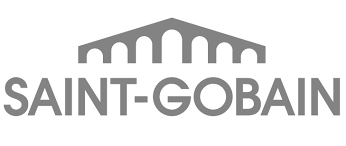The MSL research focuses on developing and applying experimental techniques for characterizing how material structure can be controlled by processing to optimize material properties. Research is interdisiplinary, requiring students to interact with experimentalists, microscopist, image and data analysists, and computational modelers.
Particular Interests
- Applied data science and machine learning to materials engineering problems
-
Mesoscale experimental techniques
-
Full-field deformation mapping, 3D microscopy
-
-
Integrated multi-scale experimental quantification techniques
-
Coupled SEM/Optical/indentation
-
-
Deformation mechanisms of materials
-
Fatigue, creep, fracture
-
-
Materials in extreme environments
-
Metallic and ceramic matrix composite materials
-
Interfacial effects
Current Projects
A systematic data-analytics approach to the design of interface-rich materials, with a particular emphasis on the design of polycrystalline nickel-based superalloys (Student: Nishan Senanayake, NSF funding, collaboration with Alcoa forgings).
Additive manufacturing of oxide-dispersion strengthened alloys for high-temperature applications. Application of statistical design of experiments to screen processing variables to produce full-density materials with high-temperature properties to meet or exceed nickel-based superalloys (Student: Laura Wilson, NASA funding, collaboration with NASA-Glenn Research Center).
Past Projects
Application of data analytics to the design and optimization of new 9-Cr alloy steels for application in steam powerplants. (Student: Amit Kumar, NETL Funded, collaboration with Laura Bruckman and Roger French of SDLE)
Lifetime performance mechanisms in polymer-based sheet metal forming tools manufactured by additive manufacturing techniques (FDM). (Student: Sven Voigt, America Makes funded, in collaboration with James McGuffin-Cawley at CWRU and lead by Youngstown State Universities)
Understanding defect formations in additively manufactured Ti-6V-4Al components as a function of processing parameters. (collaboration with John Lewandowski of AMMRC, America Makes Funded)
Quantification of the structure of bulk metallic glasses by XAFS for informing computational models of glass-forming systems. (Student: Alice Zhang)
Mechanical Properties and deformation mechanisms of in situ composite bulk metallic as a function temperature and strain rate. (Student: Rachel Morrison)
Analysis of 3D microstructural data from micro-Laue experiments for assessing the damage mechanisms in nickel-based superalloys. (Students: Isaac Hoffman, APS)
Funding Sources






